Homestead layout is a crucial aspect of sustainable living. Designing your homestead to maximize space and functionality can lead to a more self-sufficient, environmentally friendly lifestyle.
This article explores innovative homestead layout ideas that blend practicality with sustainability. We will guide you through critical considerations and provide tips for creating a layout that suits your needs and the land’s potential.
Contents
- 1 Basics of Homestead Layout
- 2 Analyzing Your Land for Optimal Layout
- 3 Incorporating Sustainability into Your Homestead Design
- 3.1 Utilizing Renewable Energy Sources
- 3.2 Water Conservation and Management Strategies
- 3.3 Eco-Friendly Building Materials and Techniques
- 3.4 Sustainable Waste Management Systems
- 3.5 Creating a Biodiverse Environment
- 3.6 Smart Homestead Technologies for Sustainability
- 3.7 Integrating Permaculture Principles
- 3.8 Energy-Efficient Landscaping and Gardening
- 4 Maximizing Space with Innovative Layout Ideas
- 5 Building for Longevity and Low Environmental Impact
- 6 Integrating Technology for Enhanced Functionality
- 7 FAQ: Homestead Layout for Sustainable Living
- 7.1 What is the most important factor in a sustainable homestead layout?
- 7.2 How can I incorporate renewable energy into my homestead layout?
- 7.3 What are some water conservation strategies for a homestead layout?
- 7.4 Can technology enhance the functionality of a homestead layout?
- 7.5 What are the benefits of using eco-friendly building materials in my homestead layout?
- 7.6 How can I maximize space in my homestead layout?
- 7.7 What is the role of permaculture in designing a homestead layout?
- 7.8 Is it expensive to implement a sustainable homestead layout?
- 7.9 Can I create a biodiverse environment in a small-sized homestead layout?
- 7.10 What are some challenges in creating a sustainable homestead layout?
- 8 Conclusion
Basics of Homestead Layout
Creating a sustainable and efficient homestead requires thoughtful planning and an understanding of basic principles. This section will go into the essential elements of a practical homestead layout, ensuring that your living space is functional and environmentally conscious.
The Role of Planning in Homestead Design
Planning is the foundation of any successful homestead layout. It involves assessing your needs, understanding the limitations and potentials of your land, and aligning these with your sustainability goals.
A well-planned homestead layout can drastically reduce energy consumption, minimize waste, and optimize the use of natural resources. It’s about creating a living space in harmony with its surroundings.
Critical Components of a Sustainable Homestead
A sustainable homestead layout is more than just the arrangement of buildings and gardens. It’s a holistic approach to living that encompasses several key components:
- Efficient Land Use: This involves designing the homestead layout to best use available land. It includes strategically placing your home, outbuildings, gardens, and livestock areas to maximize efficiency and productivity.
- Energy Efficiency: Planning for energy efficiency is essential to homestead layout. It includes the orientation of buildings for optimal solar gain, incorporating renewable energy sources, and designing for natural heating and cooling.
- Water Management: Sustainable homesteads prioritize efficient water use. The homestead layout should include systems for rainwater harvesting, greywater reuse, and adequate irrigation methods.
- Food Production: A key goal of many homestead layouts is self-sufficiency in food production. It includes areas for vegetable gardens, orchards, and livestock designed to support sustainable agriculture practices.
- Biodiversity and Natural Habitats: Integrating spaces for wildlife and native flora into your homestead layout enhances biodiversity and contributes to a balanced ecosystem.
By focusing on these components, your homestead layout will be a place of residence and a self-sustaining ecosystem that respects and utilizes natural resources efficiently.
Analyzing Your Land for Optimal Layout
When planning your homestead layout, thoroughly analyzing your land is crucial. This step ensures that every aspect of your homestead is harmoniously integrated with the natural landscape. Let’s explore how to evaluate your land for the most effective and sustainable homestead layout.
Assessing Topography and Natural Resources
Understanding the topography of your land is vital in creating a practical homestead layout. The natural shape and features of the terrain profoundly impact how you can best utilize your space.
- Analyzing Land Contours and Slopes: Start by mapping the contours and slopes of your property. The shape of the land influences water drainage, wind patterns, and sunlight exposure. For instance, gentle slopes facing south can maximize solar exposure, making them ideal for solar panel installation and certain sun-loving crops. Conversely, northern slopes might be cooler and more suited for certain types of vegetation or storage.
- Elevation Considerations: Elevation affects climate conditions on your homestead. Higher elevations might experience more wind and cooler temperatures, which could impact the types of plants that will thrive and the design of your buildings for energy efficiency. Understanding these nuances helps in planning the layout of your homestead to work with, not against, these natural elements.
- Identifying Natural Resources: Your land’s natural resources are its most valuable assets. Look for water sources like streams, ponds, or natural wells. These are crucial for irrigation, livestock, and potentially even hydroelectric power. Identify areas with fertile soil for agriculture and dense vegetation that can provide resources like wood. Also, consider the presence of natural habitats that can support biodiversity on your homestead.
- Utilizing Resources Wisely: Once you’ve identified these resources, the next step is to plan how to use them effectively. Position your home to take advantage of natural light and protection from winds. Place gardens and agricultural areas in parts of your land with the best soil and sunlight. Consider using water sources efficiently, such as situating gardens downhill from a natural water source to ease irrigation.
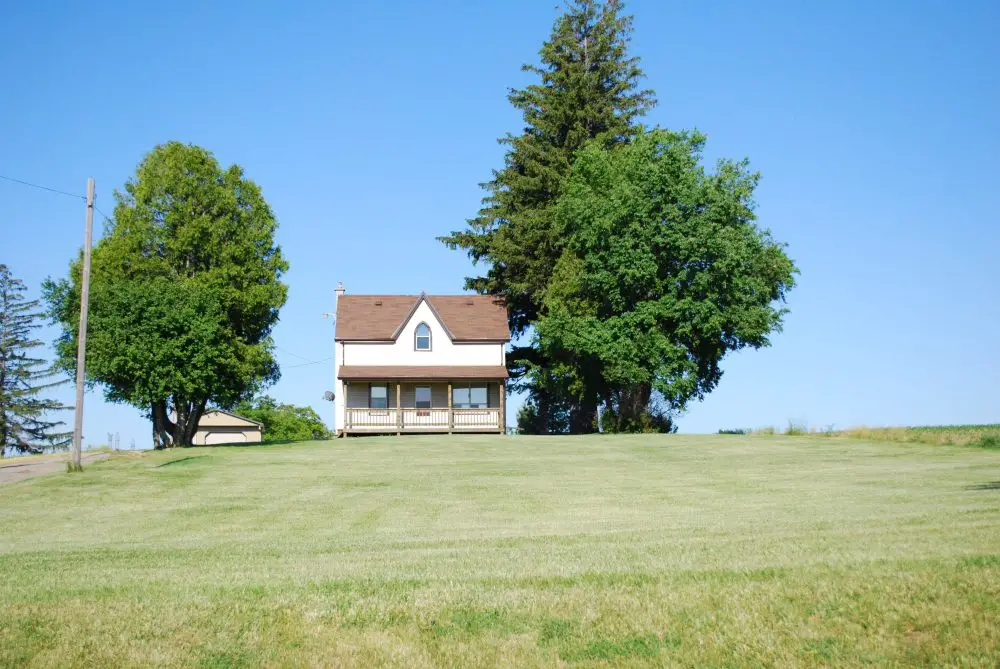
Zoning for Efficiency
Dividing your land into specific zones is a strategic approach to enhance the efficiency of your homestead layout. This zoning method helps organize the land based on different functions and purposes. Let’s break down these zones to understand how each contributes to an efficient homestead layout.
Residential Zone
- Location and Accessibility: Your home will be located in the residential zone. It’s important to choose a site that’s easily accessible, especially during different weather conditions. Roads or paths leading to your home should be well-planned.
- Security and Comfort: Prioritize safety and comfort in this zone. Consider natural barriers like trees or terrain for wind protection and privacy.
- Proximity to Resources: Ensure this zone is near essential resources like water for convenience. Also, think about the house’s orientation for energy efficiency, such as maximizing natural light and insulation.
Agricultural Zone
- Soil and Sunlight: This zone is the heart of food production. Test the soil quality and observe the patterns of sunlight throughout the year. Areas with rich soil and adequate sunlight are ideal for this zone.
- Water Access: Proximity to water sources is critical for irrigation. Design your homestead layout to minimize the effort and resources needed for watering crops and livestock.
- Integration with Other Zones: Plan how this zone interacts with others. For instance, it should be easily accessible from the residential zone but separated enough to maintain cleanliness and reduce noise.
Recreational Area
- Natural Settings: Choose areas that offer natural beauty and tranquility. Woods, ponds, or meadows are perfect for relaxation and leisure activities.
- Minimal Disturbance: These areas should be left relatively undisturbed to maintain their natural charm. This approach also supports local wildlife and ecosystems.
- Accessibility and Safety: Ensure these areas are safe and easily accessible for family and visitors. Paths or trails can be created for easy access without disrupting the natural setting.
By thoughtfully zoning your land, you can significantly enhance the functionality and efficiency of your homestead layout. Each zone has its unique role and, when planned correctly, can work together seamlessly for a sustainable and enjoyable homestead.
Incorporating Sustainability into Your Homestead Design
Incorporating sustainability into your homestead layout is key to creating an eco-friendly and self-reliant living space. This part of the article focuses on integrating sustainable practices into various aspects of your homestead. We will explore innovative approaches that respect the environment and enhance your homestead’s efficiency and productivity.
Utilizing Renewable Energy Sources
Incorporating renewable energy sources is a cornerstone of sustainable homestead layout. These energy solutions reduce reliance on non-renewable resources and minimize environmental impact.
- Solar Power: Solar panels can be used for electricity and heating. Consider the orientation of your buildings for maximum solar gain. Portable solar chargers and solar water heaters can also be integrated.
- Wind Energy: Small-scale wind turbines are effective in areas with consistent wind patterns. They can be used alongside solar systems to ensure a steady energy supply.
- Hydropower: If you have a stream or river on your property, micro-hydropower systems can be a viable energy source. They provide a continuous power supply, especially useful in areas with less sunlight.
- Biomass Energy: Utilizing wood stoves, biomass boilers, or biogas digesters can turn organic waste into energy, providing heating and cooking solutions.
- Combining Technologies: Combining these renewable sources often provides the most reliable and efficient energy system. This hybrid approach can ensure energy supply in various weather conditions and reduce environmental impact.
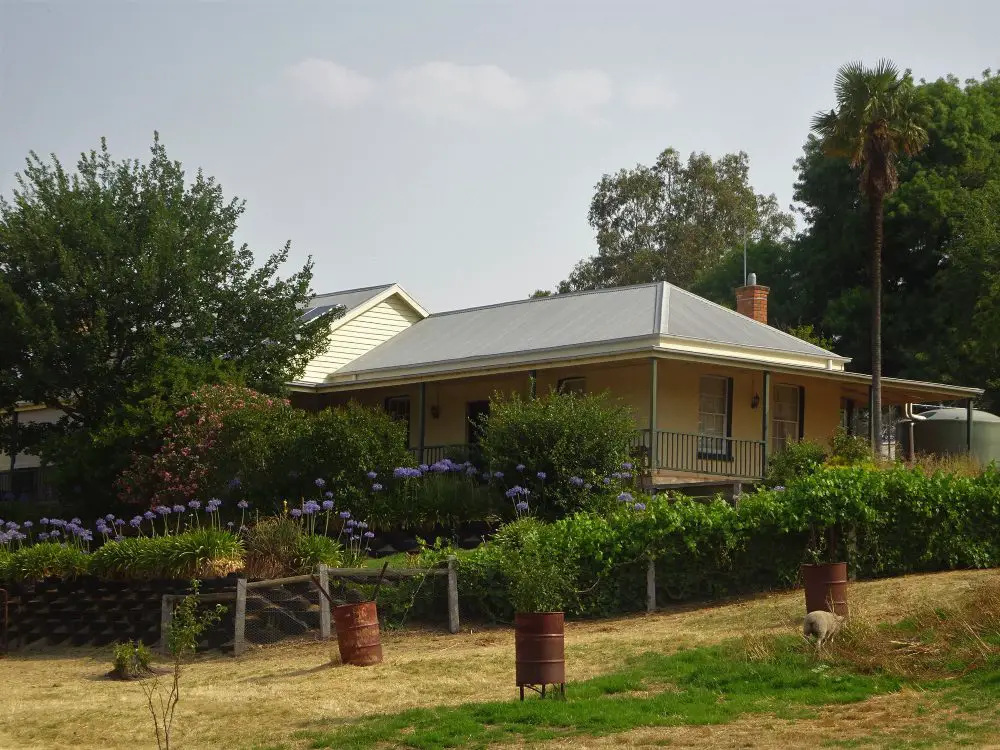
Water Conservation and Management Strategies
Efficient water management is crucial in a sustainable homestead layout. Conservation and effective use of water resources ensure long-term sustainability.
- Rainwater Harvesting: Install systems to collect and store rainwater. It can be used for irrigation, livestock, and even, with proper treatment, for household needs.
- Greywater Systems: Reusing greywater from sinks, showers, and washing machines for irrigation and non-potable uses significantly reduces water waste.
- Drip Irrigation: Implement drip irrigation systems in your agricultural zones. They deliver water directly to plant roots, minimizing evaporation and water wastage.
- Natural Water Features: Design your landscape to include ponds or swales. These features can help conserve water, support biodiversity, and manage stormwater naturally.
- Water-Efficient Appliances and Fixtures: Use low-flow toilets, showerheads, and water-efficient appliances to reduce water consumption.
- Mulching and Soil Health: Mulching and maintaining healthy soil can reduce the need for watering in gardens and crop areas. They retain moisture and reduce evaporation.
Eco-Friendly Building Materials and Techniques
Using eco-friendly materials and techniques is essential in a sustainable homestead layout. This approach reduces your buildings’ environmental impact and enhances your homestead’s sustainability.
- Sustainable Sourcing: Choose materials that are sustainably sourced or recycled. It includes timber from certified forests, reclaimed wood, or recycled metal and glass.
- Natural Building Materials: Utilize natural materials like straw bales, rammed earth, and adobe. These materials are often locally available, reducing transportation emissions and supporting local economies.
- Energy-Efficient Design: Implement design techniques that maximize natural heating and cooling. It can include strategic window placement, proper insulation, and thermal mass construction.
- Green Roofs and Walls: Incorporate living roofs or walls in your homestead layout. They provide insulation, reduce runoff, and increase biodiversity.
- Low-VOC Products: Use paints, sealants, and adhesives with low volatile organic compounds (VOCs) to improve indoor air quality.
- Passive Solar Design: Position buildings to take advantage of the sun’s path. Use design elements like sunrooms and thermal drapes to capture and retain solar heat.
Sustainable Waste Management Systems
Effective waste management is a key component of a sustainable homestead layout. Minimizing waste and reusing materials contribute to the overall eco-friendliness of your homestead.
- Composting: Set up a system to turn organic waste into nutrient-rich soil. It can be used in your gardens, reducing the need for commercial fertilizers.
- Recycling and Reusing: Implement a robust recycling system. Find creative ways to reuse materials within your homestead layout.
- Worm Farming: Consider vermiculture for waste management. Worms can convert kitchen scraps and paper into compost, which is excellent for gardens.
- Biogas Digesters: A biogas digester can turn animal waste and organic material into gas for cooking and heating for larger homesteads.
- Natural Water Treatment: Integrate natural water treatment systems like reed bed filters to clean greywater, which can then be reused for irrigation.
- Responsible Disposal: For waste that cannot be composted, recycled, or reused, ensure responsible disposal. It includes proper separation and disposal of hazardous materials.
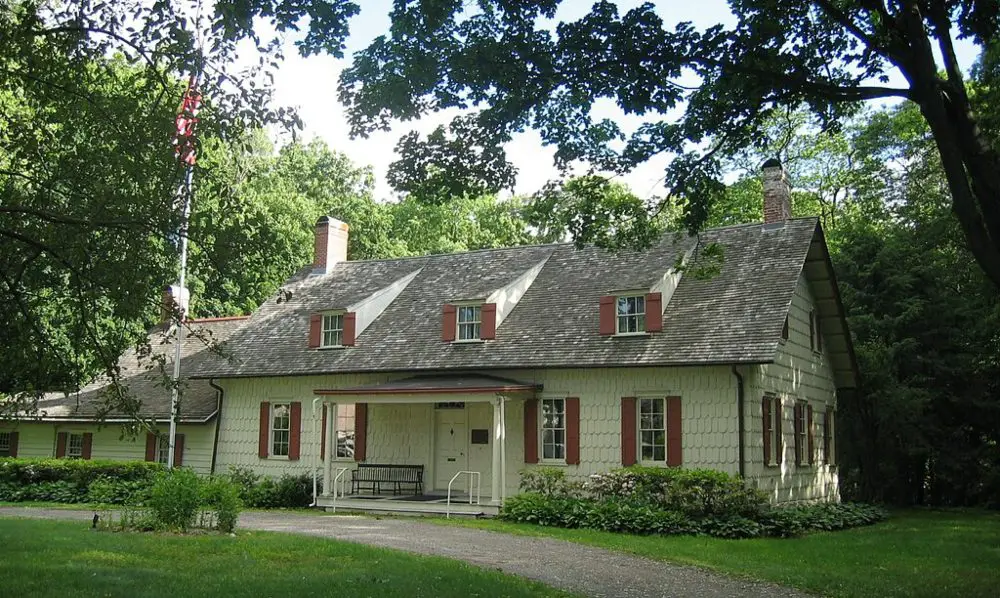
Creating a Biodiverse Environment
Establishing a biodiverse environment is a crucial aspect of a sustainable homestead layout. Biodiversity enhances the ecological balance and contributes to the overall health of your homestead.
- Native Planting: Use native plants in your landscaping. They require less water and maintenance, attract local wildlife, and maintain the natural ecological balance.
- Wildlife Habitats: Create habitats for local wildlife. It can include birdhouses, bee hotels, and natural ponds. These features encourage beneficial species that aid in pollination and pest control.
- Diverse Planting Strategies: Implement diverse planting in your gardens and agricultural areas. It includes a mix of crops, cover crops, and companion planting, which promotes a healthy ecosystem and reduces the risk of pest infestations.
- Natural Pest Control: Use natural pest control methods instead of chemicals. It can include introducing beneficial insects, using plant-based repellents, and encouraging birds and bats that feed on pests.
- Conservation Areas: Dedicate areas of your homestead layout to conservation. These areas can be left wild to provide local flora and fauna sanctuary.
- Sustainable Water Features: Include sustainable water features like ponds or rain gardens. These not only conserve water but also create microhabitats for various aquatic species.
Smart Homestead Technologies for Sustainability
Incorporating smart technologies into your homestead layout can significantly enhance its sustainability. These technologies allow for more efficient use of resources and improve the overall functionality of your homestead.
- Energy Management Systems: Install smart energy management systems to monitor and optimize energy use. These systems can intelligently adjust power consumption based on your needs and the availability of renewable energy.
- Automated Irrigation Systems: Use automated irrigation systems that adjust watering based on weather conditions and soil moisture levels. It ensures efficient water usage and reduces waste.
- Smart Lighting and Appliances: Incorporate smart lighting and energy-efficient appliances into your homestead layout. These devices can be programmed to reduce energy consumption when not in use.
- Home Automation Systems: Implement home automation for controlling heating, cooling, and other systems. It can enhance comfort while reducing energy usage.
- Remote Monitoring: Utilize remote monitoring technologies to keep track of various aspects of your homestead, such as security, livestock health, and crop conditions. It enables proactive management and timely interventions.
- Renewable Energy Integration: Optimize the integration of renewable energy sources with smart technology. It can include battery storage systems, smart inverters, and energy-sharing platforms.
Integrating Permaculture Principles
Integrating permaculture principles is a transformative approach to creating a sustainable homestead layout. Permaculture is a philosophy of working with, rather than against, nature. It involves thoughtful observation and mimicking natural ecosystems to create self-sustaining environments.
- Observation and Interaction: Spend time observing your land to understand natural patterns and cycles. This insight guides the design of your homestead layout in harmony with nature.
- Functional Design: Arrange components of your homestead layout for maximum efficiency. For example, place frequently used tools and resources close to your home.
- Diversity and Redundancy: Design your homestead layout to include a variety of plants and animals. This diversity creates a resilient ecosystem and provides multiple sources of food and resources.
- Natural Resource Utilization: Use natural resources wisely. It includes capturing rainwater, building soil health, and utilizing natural energy sources.
- Stacking Functions: Design elements in your homestead layout to serve multiple functions. For example, a pond can provide water, a habitat for wildlife, and a serene view.
- Self-Regulation and Feedback: Implement systems that self-regulate and adapt. It involves creating feedback loops, like using waste from one process as a resource for another.
Energy-Efficient Landscaping and Gardening
Energy-efficient landscaping and gardening are vital components of a sustainable homestead layout. They involve designing outdoor spaces to conserve energy, water, and other resources.
- Strategic Planting: Plant trees and shrubs strategically to provide shade, windbreaks, and insulation. This natural barrier can reduce heating and cooling costs.
- Water-Saving Techniques: Use water-efficient gardening techniques such as xeriscaping, drip irrigation, and mulching. These practices conserve water and reduce the need for irrigation.
- Edible Landscaping: Incorporate edible plants into your landscape design. This provides food and reduces the carbon footprint associated with transporting food.
- Soil Health Management: Maintain soil health through organic practices. Healthy soil retains water better and supports robust plant growth.
- Microclimate Creation: Use landscaping to create beneficial microclimates. For example, a wall or hedge on the north side of a garden can protect plants from cold winds.
- Pollinator-Friendly Gardens: Design gardens to attract pollinators. It enhances the productivity of your vegetable and fruit crops and supports biodiversity.
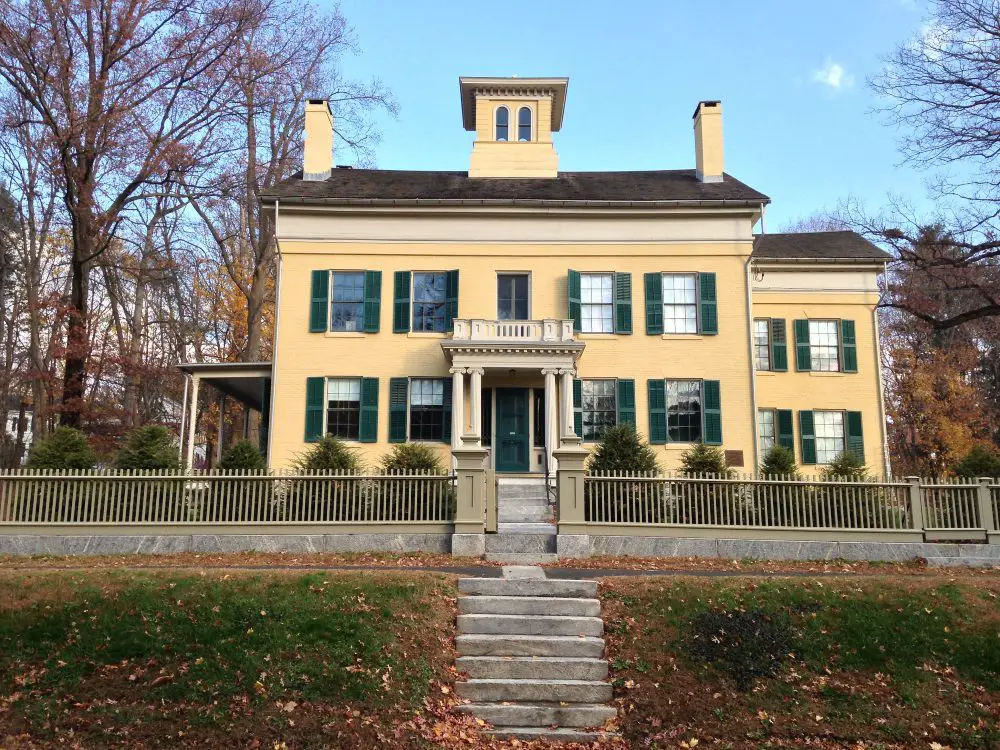
Maximizing Space with Innovative Layout Ideas
Efficient use of space is a critical component in a sustainable homestead layout. Innovative layout ideas can help maximize the utility and functionality of your homestead, regardless of its size. This section explores creative ways to maximize your available space, ensuring your homestead is efficient and comfortable.
Vertical Gardening and Space-Saving Techniques
- Vertical Gardening: Utilize vertical spaces for gardening. This can include trellises for climbing plants, wall-mounted planters, or hanging gardens. Vertical gardening is especially useful in small spaces.
- Stackable Planters: Consider stackable or tiered planters for growing herbs and small vegetables. They are space-efficient and can be easily moved if needed.
- Rooftop Gardening: If you have limited ground space, turning rooftops into gardens can be a great way to grow food and provide additional insulation for your home.
Multi-Purpose Structures in Homestead Layout
- Foldable and Modular Furniture: Use furniture that can be folded, stacked, or easily moved to transform spaces according to your needs.
- Combining Functions: Design structures that combine multiple functions. For example, a shed that serves as a storage space, a greenhouse, and a workshop.
- Living Spaces Over Workspaces: Consider building living spaces above workshops, barns, or garages to maximize the use of vertical space.
Smart Storage Solutions
- Built-In Storage: Utilize built-in storage solutions to save space. This includes under-stair storage, wall niches, and overhead compartments.
- Multi-Functional Spaces: Create rooms that can serve multiple purposes, such as a home office that can be converted into a guest room.
- Efficient Kitchen and Bathroom Layouts: Design these areas for maximum efficiency with smart cabinetry and space-saving appliances.
Building for Longevity and Low Environmental Impact
Building for longevity and minimizing environmental impact are vital aspects of a sustainable homestead layout. This approach involves selecting materials and construction methods that are durable, eco-friendly, and energy-efficient. It ensures that your homestead stands the test of time and has a minimal ecological footprint.
Choosing Sustainable Building Materials
- Durability and Sustainability: Opt for building materials that are both durable and environmentally sustainable. Materials like bamboo, recycled steel, and reclaimed wood are excellent choices.
- Local Materials: Using local materials reduces transportation emissions and supports the local economy. It also ensures that the materials are suitable for the local climate.
- Low-Emission Products: Select products with low environmental impact during their lifecycle, including manufacturing and disposal stages.
Energy-Efficient Construction Techniques
- Insulation and Airtightness: Proper insulation and airtight construction techniques are crucial for energy efficiency. They reduce the need for heating and cooling, thereby lowering energy consumption.
- Passive Solar Design: Utilize passive solar design principles to take advantage of the sun’s energy for heating and lighting.
- Green Building Certifications: Aim for green building standards and certifications like LEED or Passive House to ensure your construction is environmentally responsible.
Reducing Waste During Construction
- Efficient Material Use: Plan construction to minimize waste. This can involve precise measurements and using prefabricated components.
- Recycling Construction Waste: Implement a waste management plan that includes recycling and reusing construction materials wherever possible.
- Eco-Friendly Disposal: For waste that can’t be reused or recycled, ensure it’s disposed of in an environmentally friendly manner.
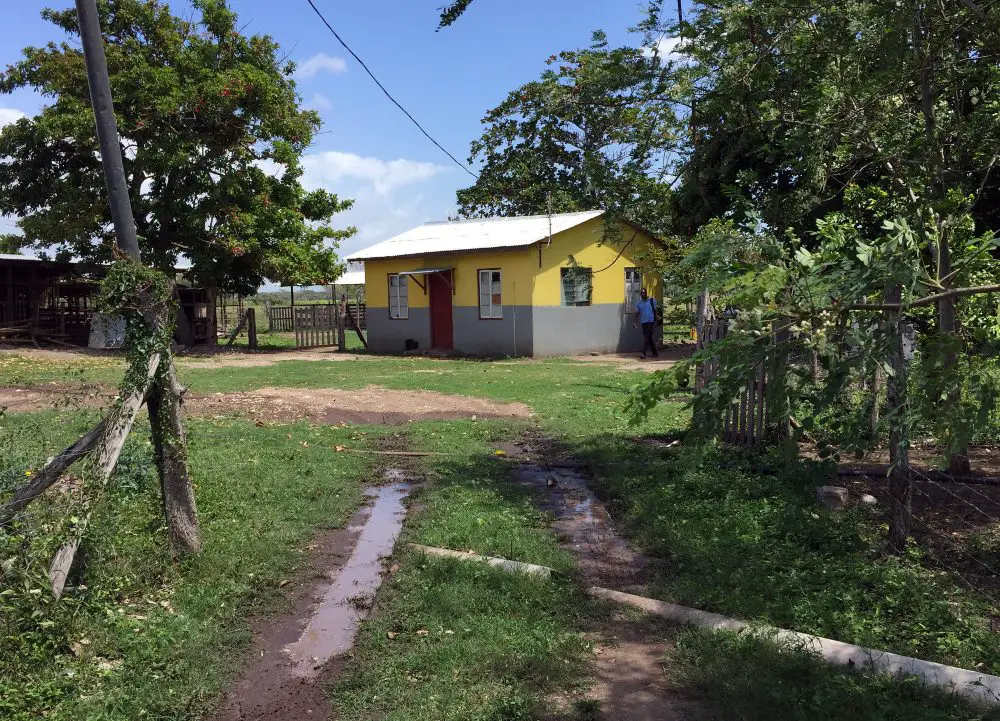
Integrating Technology for Enhanced Functionality
Integrating modern technology into your homestead layout enhances functionality and efficiency. This integration helps manage resources better, automate tasks, and provide greater comfort and convenience. Let’s explore how technology can seamlessly incorporate into your homestead layout for a more sustainable and efficient living space.
Smart Energy Management
- Automated Energy Systems: Implement systems that automatically manage energy use, like smart thermostats and energy-efficient HVAC systems.
- Solar Energy Storage: Use battery storage systems to store excess solar energy, ensuring a consistent power supply even during non-sunny periods.
Water Efficiency and Management
- Smart Irrigation Systems: Install systems that adjust watering based on real-time weather data and soil moisture levels.
- Water Recycling Technology: Use technology for recycling and purifying greywater for non-potable uses, reducing overall water consumption.
Automation in Agriculture
- Automated Greenhouses: Equip greenhouses with sensors and automated systems to control temperature, humidity, and lighting.
- Robotics in Farming: Consider using automated machinery for planting, weeding, and harvesting, enhancing efficiency and productivity.
Home Automation for Comfort and Efficiency
- Smart Lighting and Appliances: Integrate smart lighting systems and appliances that can be remotely controlled and programmed for energy saving.
- Automated Security Systems: Use smart security systems to monitor and ensure the safety of your homestead.
Technology for Monitoring and Maintenance
- Remote Monitoring Systems: Implement systems to monitor different aspects of your homestead remotely, such as livestock health, crop growth, and energy usage.
- Predictive Maintenance Tools: Use technology to predict and schedule maintenance for equipment, preventing breakdowns and prolonging lifespan.
FAQ: Homestead Layout for Sustainable Living
What is the most important factor in a sustainable homestead layout?
The most important factor is efficient use of land and resources. This means designing your homestead layout to maximize space, utilize renewable energy, conserve water, and support biodiversity.
How can I incorporate renewable energy into my homestead layout?
You can incorporate renewable energy by installing solar panels, wind turbines, or micro-hydropower systems, depending on your location’s resources and your energy needs.
What are some water conservation strategies for a homestead layout?
Implementing rainwater harvesting systems, greywater recycling, and drip irrigation are effective water conservation strategies in a homestead layout.
Can technology enhance the functionality of a homestead layout?
Yes, integrating smart technologies like automated irrigation, energy management systems, and home automation can greatly enhance the functionality and efficiency of your homestead layout.
What are the benefits of using eco-friendly building materials in my homestead layout?
Using eco-friendly materials in your homestead layout reduces environmental impact, improves energy efficiency, and often results in healthier living spaces.
How can I maximize space in my homestead layout?
Consider vertical gardening, multi-purpose structures, and smart storage solutions to maximize space. These strategies are especially useful in compact homestead layouts.
What is the role of permaculture in designing a homestead layout?
Permaculture principles focus on creating sustainable and self-sufficient ecosystems. Integrating these principles into your homestead layout promotes harmony with nature and resource efficiency.
Is it expensive to implement a sustainable homestead layout?
While some sustainable practices may have an initial cost, they often lead to long-term savings. Renewable energy sources, for instance, can reduce utility bills, and water conservation can lower water costs.
Can I create a biodiverse environment in a small-sized homestead layout?
Yes, you can create a biodiverse environment even in small homestead layouts. This can be achieved through diverse planting, creating habitats for wildlife, and using sustainable gardening practices.
What are some challenges in creating a sustainable homestead layout?
Challenges may include the initial investment in sustainable technologies, adapting to local climate conditions, and managing resource use efficiently. However, careful planning and implementation can overcome these challenges.
Conclusion
Designing the right homestead layout is key to achieving a sustainable and efficient lifestyle. This article has provided insights and practical tips on creating a homestead layout that maximizes space, conserves resources, and integrates eco-friendly practices. From using renewable energy sources to implementing water conservation strategies, each aspect of the homestead layout plays a crucial role in fostering an environmentally responsible and self-sufficient home.






